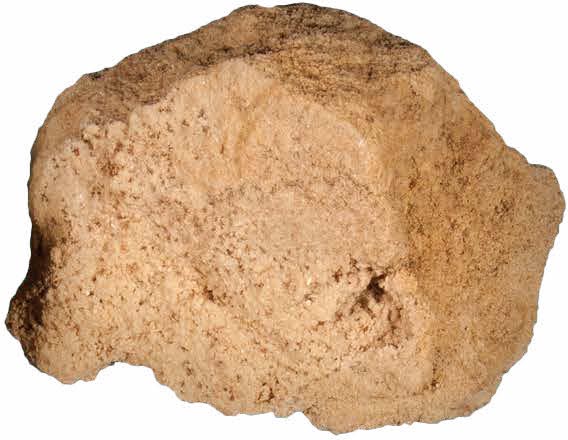
Petoskey stone is a variety of limestone. While there are lots of fossil-bearing rocks in southern Michigan, only limestone will hold H. percarinata, so learning to identify it and tell it apart from other rocks will be crucial to finding Petoskey stones. Most samples of limestone will look very similar, but not all of them will contain the telltale patterns of fossil corals.
Limestone is a common sedimentary rock; as the name indicates, sedimentary rock consists of sediments, or particles, of other material. The sediments found in most limestone consist almost entirely of fossil matter, mainly the hard skeletons of marine invertebrates. Corals and reef materials are a primary component of limestone, as are the hard calcium carbonate shells of mollusks (clams and snails) and foraminifera (tiny organisms that live in sea-floor sediments). As these skeletons and shells continued to build up into thick beds on the sea floor, they began to compact and, as time went on, the calcium carbonate sediments began to harden together, solidifying the material into a layer of rock. As such, limestone itself can be thought of as a fossilized reef, whether any discernible fossils are visible or not.

The tiny shells of foraminifera are a major component of limestone and an abundant form of sea life still present today. The charming “star sand” of Okinawa, Japan, is comprised entirely of calcium carbonate foraminifera shells.

Fossil-bearing limestone from the Little Traverse Bay Area


Other Michigan limestones
Process of Reef Build-up and Limestone Production
